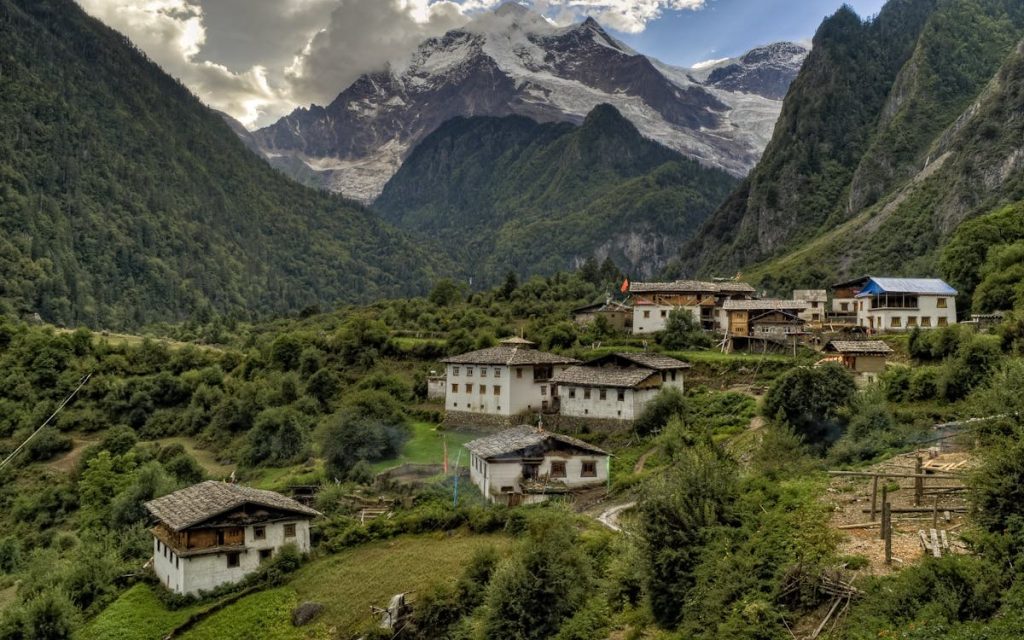
Small villages where life moves at a slower, more meaningful pace. These places preserve traditions passed down for centuries, where craftsmanship, farming, and community shape daily rhythms. You can wander narrow lanes, hear ancient songs, and watch locals live closely with nature. Each village offers a glimpse of a simpler world that continues to thrive beyond modern distractions, keeping cultural heritage alive in the most authentic way.
Shirakawa-go, Japan

Nestled in the Japanese Alps, Shirakawa go is famous for its steep thatched roof houses built to withstand heavy snow. The village maintains a close knit farming community where rice cultivation and handcrafts remain central to daily life. Walking through its quiet lanes feels like stepping into another era, surrounded by serene mountains and the sound of flowing rivers that have shaped generations of rural living.
Penglipuran, Indonesia
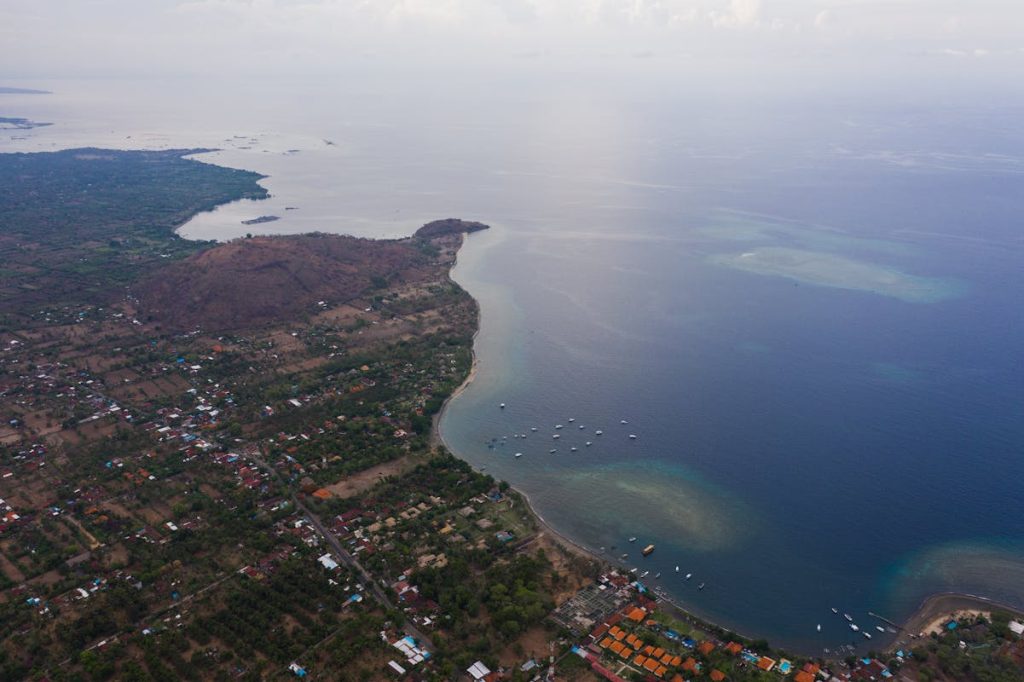
Located in Bali, Penglipuran is celebrated for its harmony, order, and devotion to tradition. Homes line a symmetrical main street adorned with gardens and bamboo fences, reflecting the village’s respect for balance and spirituality. Residents still follow customs rooted in Balinese Hindu culture, from daily offerings to temple rituals, creating a calm and welcoming environment that embodies genuine cultural preservation.
Mawlynnong, India
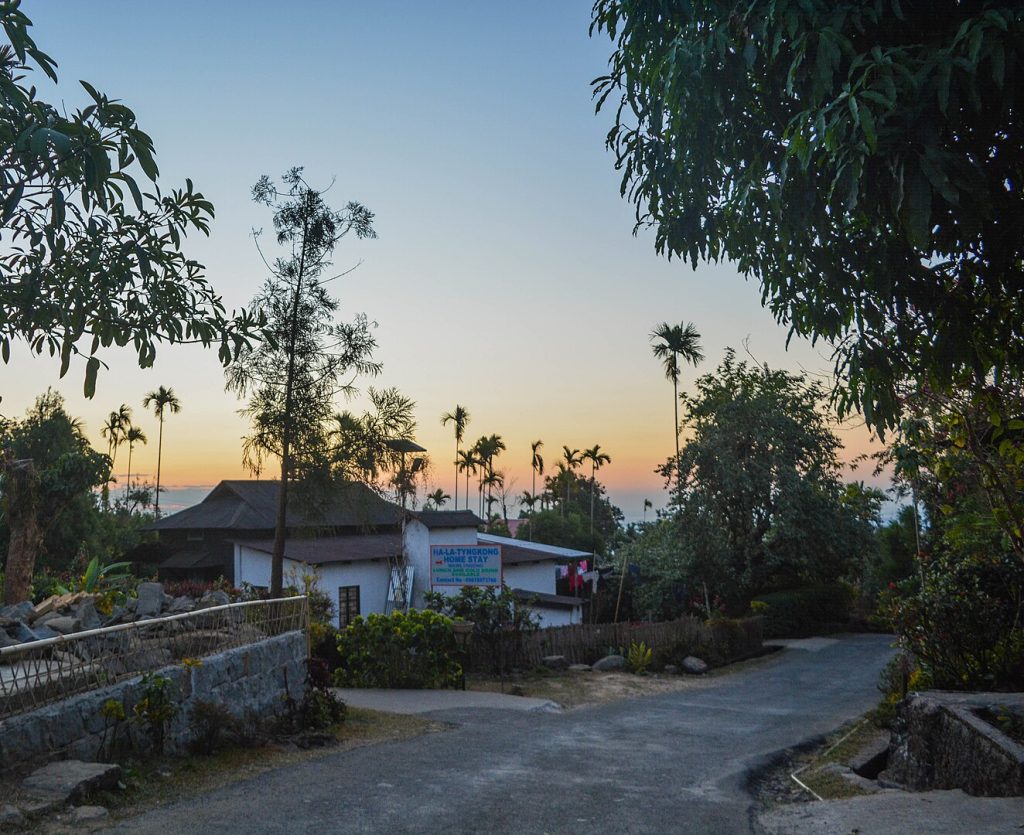
Known as Asia’s cleanest village, Mawlynnong in Meghalaya thrives on community cooperation and environmental respect. Bamboo walkways lead to flower lined homes, and every resident participates in keeping the area spotless. The Khasi people’s matrilineal system gives women a central role in village life. Simple living, eco conscious habits, and shared responsibility make Mawlynnong a model of sustainability and unity.
Ban Rak Thai, Thailand
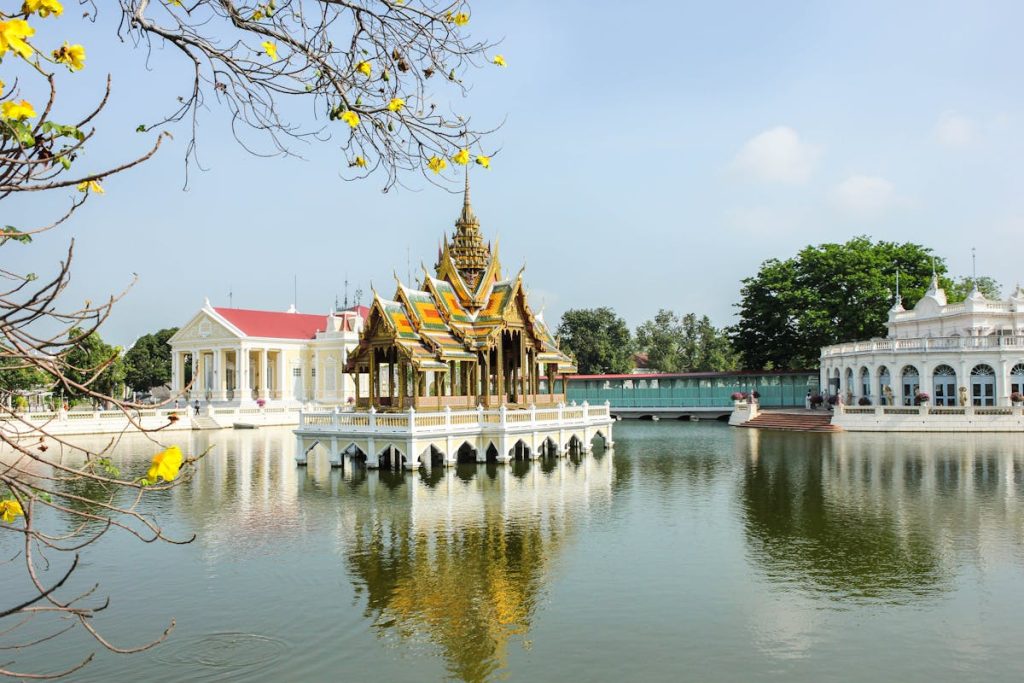
Perched near the Myanmar border, Ban Rak Thai combines Thai and Chinese traditions with a tranquil mountain setting. Tea cultivation dominates village life, and residents grow, harvest, and prepare it using methods passed down from Yunnanese settlers. Wooden houses overlook calm lakes surrounded by misty hills, offering a glimpse of how cultural fusion and rural simplicity coexist in perfect balance.
Hahoe Village, South Korea
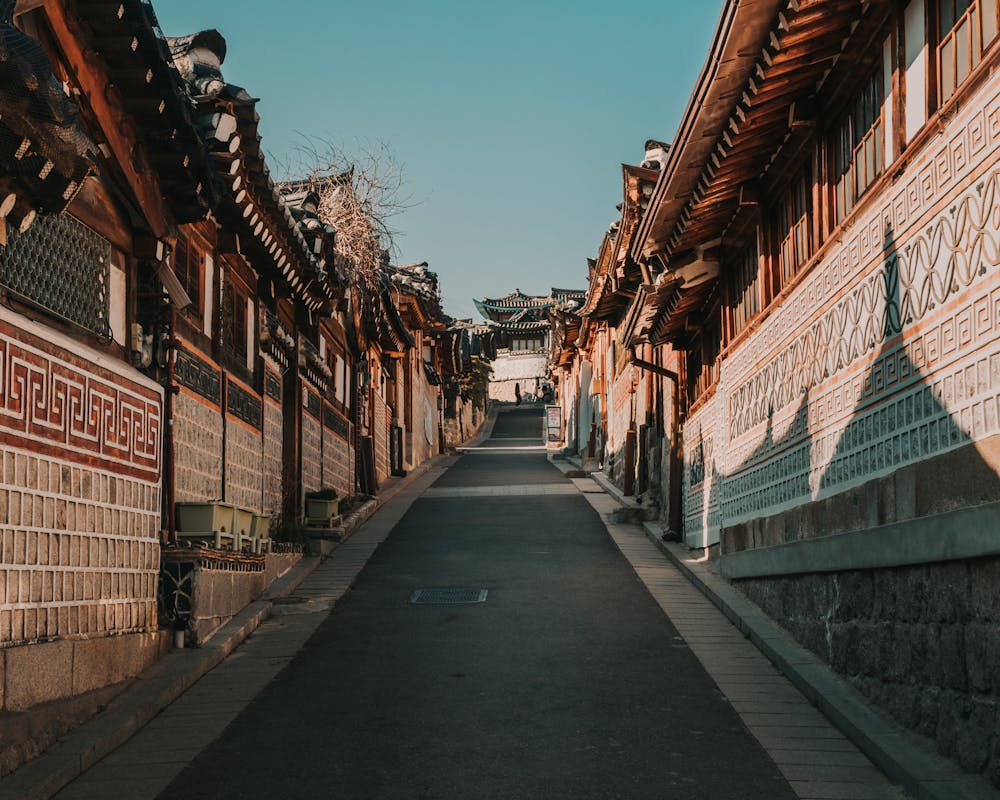
Hahoe Village preserves the elegance of Korea’s Joseon era architecture and Confucian customs. Traditional hanok homes, with curved tiled roofs, sit beside the Nakdong River, surrounded by quiet forests. Villagers still celebrate ancient mask dances and harvest festivals that reflect the importance of community and spirituality. It remains a living cultural treasure that mirrors Korea’s deep respect for history and nature.
Tana Toraja, Indonesia

In Sulawesi’s highlands, Tana Toraja is known for its striking boat shaped houses and elaborate rituals. Daily life revolves around farming, craftwork, and family ties, while unique funeral ceremonies reflect deep spiritual beliefs. Locals balance ancient customs with modern life, maintaining a strong connection to their ancestors and land. The result is a community that thrives through reverence and resilience.
Luang Prabang, Laos

Once a royal capital, Luang Prabang is a village city that preserves the charm of traditional Laotian life. Monks walk barefoot at dawn for alms, while locals sell handmade crafts in quiet markets. French colonial architecture blends seamlessly with Buddhist temples, creating a unique harmony of cultures. Every morning, mist rises from the Mekong, setting a peaceful tone that defines this heritage rich haven.
Batad, Philippines
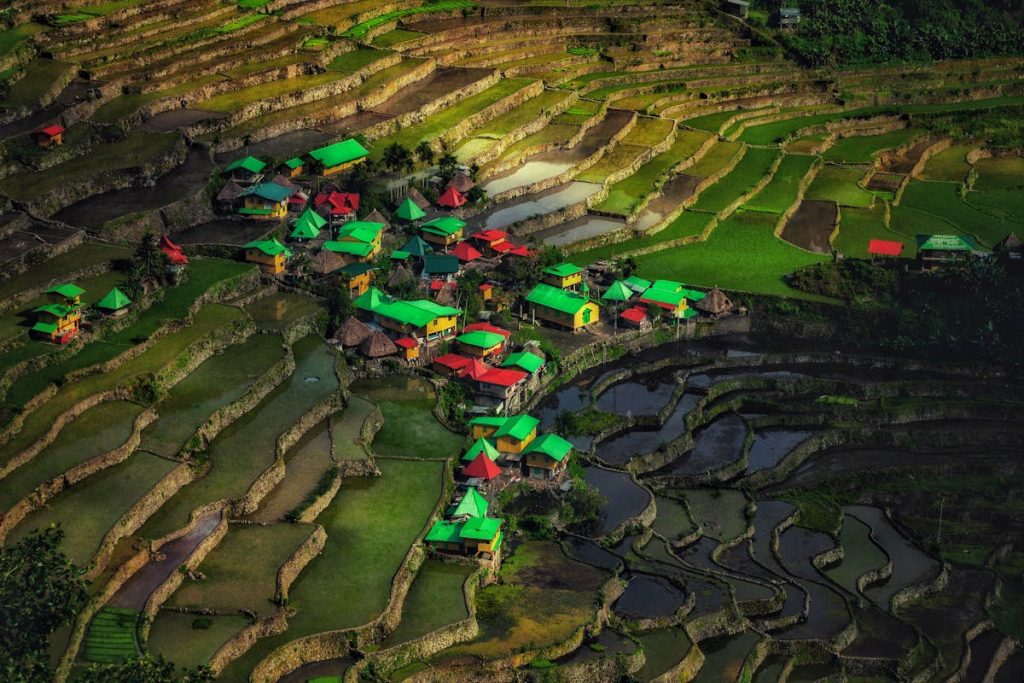
Hidden among the Ifugao rice terraces, Batad remains one of the Philippines’ most scenic and traditional mountain villages. The people still farm rice by hand, using ancient irrigation systems carved into steep hillsides. Wooden huts with thatched roofs cluster along narrow paths, surrounded by endless green terraces. The balance between human effort and natural beauty makes Batad a living work of art.

